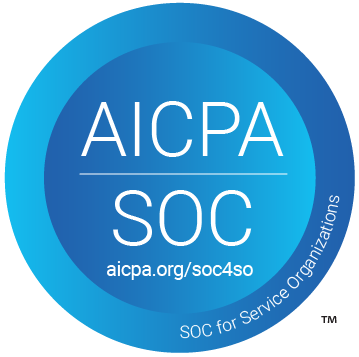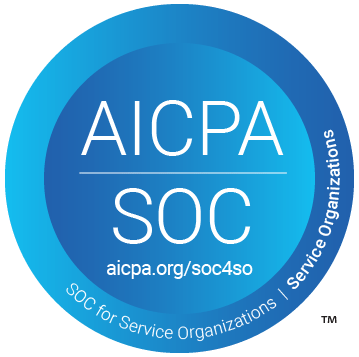Learn how to get WhatsApp messages for updated WordPress posts using Pabbly Connect. This tutorial covers step-by-step integration with WhatsApp Cloud API. Follow this definitive guide to creating powerful automated workflows with straightforward, efficiency-focused solutions that save valuable time.
Watch Step By Step Video Tutorial Below
1. Setting Up Pabbly Connect for Integration
To get WhatsApp messages for updated WordPress posts, you first need to access Pabbly Connect. Start by navigating to the Pabbly Connect website and signing in or signing up for a free account. Once you are logged in, you will be directed to the applications page.
From the applications page, click on Pabbly Connect to access your dashboard. To create a new workflow, locate the ‘Create Workflow’ button in the top right corner. Name your workflow something like ‘Get WhatsApp Message for Updated WordPress Post’ and save it in a relevant folder.
2. Configuring the Trigger Application: WordPress
The next step is to configure the trigger application in Pabbly Connect. In your workflow, select WordPress as your trigger application. The trigger event should be set to ‘Post Updated’. This means that the workflow will start whenever an existing post in your WordPress account is updated.
To establish this connection, Pabbly Connect will provide you with a webhook URL. This URL acts as a bridge between your WordPress account and Pabbly Connect. Copy this webhook URL to use in your WordPress settings.
- Navigate to your WordPress dashboard and go to Plugins.
- Search for and install the WP Webhooks plugin.
- Activate the plugin and go to Settings > WP Webhooks.
- Add the copied webhook URL under the ‘Send Data’ section for the ‘Post Updated’ trigger.
After adding the webhook URL, ensure that you save your settings. This will allow your WordPress account to send updated post data to Pabbly Connect.
3. Testing the Trigger with WordPress
Once the webhook is set up, you need to test the trigger to ensure it works correctly. Go back to Pabbly Connect and check that it is waiting for a webhook response. Now, update a post in your WordPress account to trigger the webhook.
Edit an existing post, add some content, and click on the update button. After updating the post, return to Pabbly Connect to see if the webhook has received the updated post details. You should see the post link, title, and other relevant information in the response.
- Verify that the post title and content reflect the changes you made.
- Check for the correct post ID and modification timestamp in the response.
Once you confirm that the trigger is successfully capturing the updated post data, you can proceed to set up the action application.
4. Configuring the Action Application: WhatsApp Cloud API
The next step is to configure the action application in Pabbly Connect. Search for WhatsApp Cloud API as your action application and select the action event ‘Send Template Message’. This will allow you to send a WhatsApp message whenever a post is updated.
To connect WhatsApp Cloud API with Pabbly Connect, you need to enter your WhatsApp business account details. This includes the temporary access token, phone number ID, and WhatsApp business account ID. Make sure you have these details ready from your WhatsApp developer dashboard.
Paste the access token and phone number ID into the respective fields. Enter your WhatsApp business account ID in the appropriate field.
Once you have filled in all required fields, click on save to establish the connection. You are now ready to set up the message template for the WhatsApp notifications.
5. Finalizing the WhatsApp Message Template
In this final step, you will set up the message template that will be sent via WhatsApp. In Pabbly Connect, select the template you created for notifying updates. This template should include placeholders for the post title, link, post ID, and updated by details.
Map the fields from the previous step’s response to the template fields. This ensures that every time a post is updated, the correct information is sent in the WhatsApp message. After mapping the necessary fields, click on ‘Save and Send Test Request’ to send a test message.
Ensure the recipient’s phone number is correctly entered. Check that the message content includes the updated post details.
Once the test is successful, you will receive a WhatsApp message confirming the update, including the post title, link, and other details. This completes your integration, allowing you to receive WhatsApp notifications for any updated posts in your WordPress account.
Conclusion
In this tutorial, we explored how to get WhatsApp messages for updated WordPress posts using Pabbly Connect. By setting up a trigger from WordPress and an action to send messages via WhatsApp Cloud API, you can stay informed about your content updates efficiently. With this automation, you will never miss an important post update again!
Ensure you check out Pabbly Connect to create business automation workflows and reduce manual tasks. Pabbly Connect currently offer integration with 2,000+ applications.
- Check out Pabbly Connect – Automate your business workflows effortlessly!
- Sign Up Free – Start your journey with ease!
- 10,000+ Video Tutorials – Learn step by step!
- Join Pabbly Facebook Group – Connect with 21,000+ like minded people!






